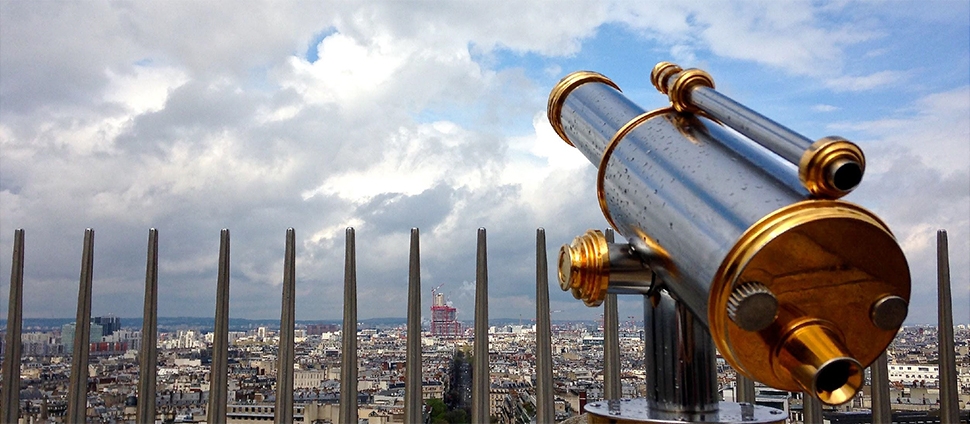
Machine Plays in France: Between Italian Opera and French Tragedy in Music
Files
Preview

Publication Source
Opera, Tragedy, and Neighbouring Forms from Corneille to Calzabigi
Inclusive Pages
Chapter 1
Creation Date
2024
Publisher
University of Toronto Press
Document Type
Book Chapter
Description
Book Abstract:
Since the nineteenth century, some of the most influential historians have portrayed opera and tragedy as wholly distinct cultural phenomena. These historians have denied a meaningful connection between the tragedy of the ancients and the efforts of early modern composers to arrive at styles that were intensely dramatic.
Drawing on a series of case studies, Opera, Tragedy, and Neighbouring Forms from Corneille to Calzabigi traces the productive, if at times rivalrous, relationship between opera and tragedy from the institution of French regular tragedy under Richelieu in the 1630s to the reform of opera championed by Calzabigi and Gluck in the late eighteenth century. Blair Hoxby and his fellow contributors shed light on “neighbouring forms” of theatre, including pastoral drama, tragédie en machines, tragédie en musique, and Goldoni’s dramma giocoso. Their analysis includes famous masterpieces by Corneille, Voltaire, Metastasio, Goldoni, Calzabigi, Handel, and Gluck, as well as lesser-known artists such as Luisa Bergalli, the first female librettist to write for the public theatre in Italy. Opera, Tragedy, and Neighbouring Forms from Corneille to Calzabigi delves into a series of quarrels and debates in order to illuminate the history of seventeenth- and eighteenth-century theatre.




Comments
Chapter 1 from: Opera, Tragedy, and Neighbouring Forms from Corneille to Calzabigi; edited by Blair Hoxby